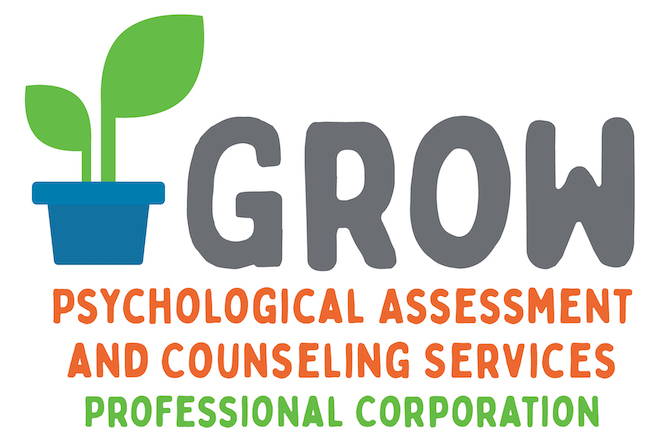Who wants to try an experiment about change? Don’t all raise your hands at once!
Here’s the experiment: Before reading this post, change one thing about your appearance, like switch your watch to your other hand, wear your hair down instead of up, put your wallet in a pocket you normally don’t put it in, move a ring to another finger, etc. I’ll get back to you. Seriously do it for real, it doesn’t work if you just think about what you would change!
***
I received a memo today from one of my school principals that detailed all the events of the week, which was mostly consumed by parent-teacher conferences. I remembered one of my high school teachers once saying to the class on parent-teacher conference week (with a smirk): Class, I will not be at parent teacher conferences tonight. I don’t talk to my parents, why should I want to talk to yours? I used to think this teacher was mean, but now I see that he was funny. He did show up to conferences, by the way, he was just being sarcastic. But I have digressed…we now return to our regularly scheduled blog entry.
At the bottom of the weekly memo read a quote:
“If there is anything we wish to change in the child, we should first examine it and see whether it is not something that could better be changed in ourselves.” — Carl Jung
Ponder that for a second. That means that if we want our students who aren’t succeeding in school to start doing their homework, raising their hands, not talking back, staying in their seats, participating appropriately, completing work, becoming interested in the parts of a plant cell,we have to change? Why should we have to do all the changing?
Quick sidebar for those of you who actually conducted my experiment: what was it like to have something a little different while reading? No big deal? Kind of awkward? I know for me, that something as simple as forgetting to wear a ring or something can lead to an entire day of feeling around for the ring that isn’t there. Change is hard.
So how much should we as educators and parents change our own behavior to get the behavior change we desire in our students? I have been in many parent-teacher conferences that create an “action plan” for what each person agrees to do to help a student and the entire “Who?” column is Student, Student, Student, Student. As in, Student will turn in his homework. Student will raise hand in class. Student will complete work. Person responsible? Student. If it were as simple as telling the student to do something, they probably would have done it already. If we want a student to change, we must change the way we work with the student. But how much should we pander to our students’ needs by changing curriculum, modifying, adapting, etc.? Shouldn’t we teach them responsibility and consequences?
It is a fine line that educators walk. In my opinion, we should meet the student halfway, by saying, “If you agree to do X, I will agree to do Y.” The student should have some responsibility for change, just not all of it with no support. Make sure that what you as a teacher or parent have agreed upon to change is practical though. Teachers cannot always modify their instruction or assignments for one student, especially at the high school level where they have over 150 students. Likewise, parents may have an erratic work schedule that brings them home when their kids are long off to bed. And students may not have sufficient motivation, skills, or opportunities to simply “change.” Each case is different and the reasons why a student isn’t doing well are as varied as the students we work with.
There are a number of interventions that can be done for one student that benefit all students though. It never hurts to present material in both auditory and visual channels, to frequently check for understanding, and to provide choices and opportunities to personalize the material. I’ve even seen a classroom of student morph into a plant cell with each kid doing his or her part. Now that’s just good fun. Reflect back on your most memorable classes and what you learned. I’m sure you don’t have super fond memories of that one lecture on the Great Depression, but maybe you do if your class ran a mock stock market crash.*
I must say that I am not a teacher, but I know it isn’t always easy to change. I have also seen many teachers change their classroom to benefit a few other students who weren’t doing as well. One teacher developed a class-wide rewards system to help two of her special education inclusion students. She was delighted at the results, because it helped overall classroom management as well as the two special needs students. Like I have said before, positive reinforcement is powerful.
Double Trickery Epilogue: Did you change your one thing about your appearance back yet? When I do this activity with a live crowd, most people revert to how they had things before almost immediately after my experiment. Change is hard. We like things the way they are, thank you very much. But I think Jung might have been on to something too.
****
*Thanks to my 10th grade Social Studies teacher for that one. I actually managed to come out of the stock market crash still a millionaire, but I get what he was trying to teach us. Perhaps I have selected the wrong profession; I should be on Wall St.
